Lux, the makers of the popular camera app Halide, have published their annual review of the iPhone's camera, testing the iPhone 14 Pro and its new capabilities.
Sebastiaan de With examined every aspect of the front and rear cameras on Apple's new Pro iPhones. Each one comes with improvements to software processing, image quality, and sensors.
For the front camera, Apple hid the lens with a new Dynamic Island that replaces the notch on older iPhones. De With wrote that the iPhone 14 Pro's front camera captured sharp images with better dynamic range and detail than the iPhone 13 Pro.
Thanks to the Photonic Engine, Apple's term for its computational photography process, the camera delivers better results for mixed lighting or backlit subjects.
The sensor is larger and has a variable focus that applies a slight background blur behind the subject. It maintains focus at short distances to create a depth-of-field effect with a close-up subject against its background.
De With didn't expect significant changes to the ultra-wide camera on the rear of the iPhone 14 Pro but was pleasantly surprised during testing. It has a bigger sensor, a new lens design, and higher ISO sensitivity to capture better photos in dark environments.
The primary wide camera of the iPhone 14 Pro is equipped to capture 48-megapixel images using ProRAW. Thanks to the larger sensor, de With says the wide camera saw a 33% improvement in photography.
But what Apple has delivered in the iPhone 14 Pro is a camera that performs in all ways closer to a proper' camera than any phone ever has. At times, it can capture images that truly render unlike a phone camera — instead, they are what I would consider a real photo, not from a phone, but from a camera.
That's a huge leap for all of us with an iPhone in our pocket.
Readers can find the full writeup on Lux's website.
AppleInsider published a review of the iPhone 14 Pro in September, and concur that it has excellent camera capabilities. Sensors, "Quad Pixels," optical image stabilization, and more bring improvements to photography and videography.
 Andrew Orr
Andrew Orr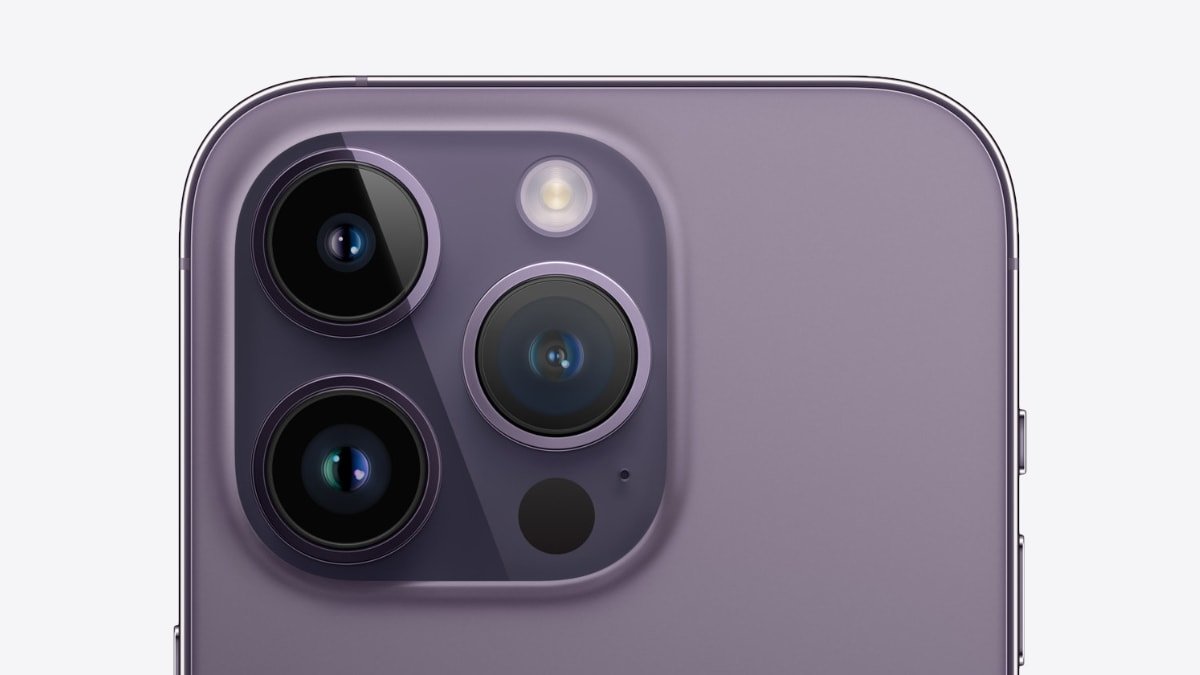

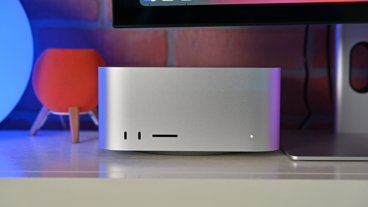





-m.jpg)






 Amber Neely
Amber Neely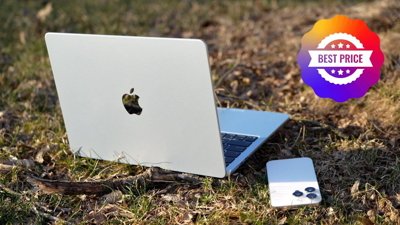
 Christine McKee
Christine McKee
 Malcolm Owen
Malcolm Owen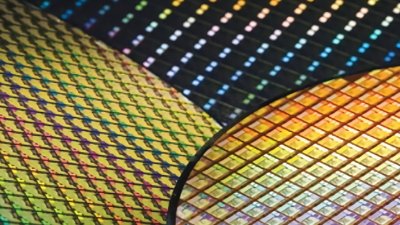

 William Gallagher
William Gallagher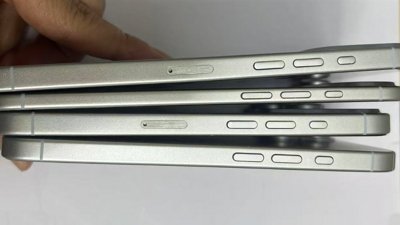

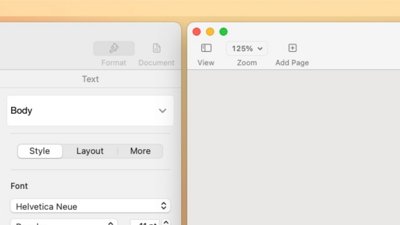





-m.jpg)




6 Comments
It is very nice to take the occasional 48MP raw photo that doesn't enlarge to garbage.
While I’m not fond of the quad sensor concept,, I get why it’s used. But for the sharpest 48MP images, I wish the sensor had a dual pixel design. Canon builds sensors of that type for themselves, and it also has a high accuracy focus and great sharpness. Yes, for a smartphone, where a 12MP images is still being used, 48 allows binning directly to that, where a dual sensor wouldn’t.
i don’t know if Sony, or anyone else, makes a dual 48MP smartphone sensor though. If not, then Apple didn’t have a choice, though people I’ve spoken to have said that Apple, like Nikon, has a deal with Sony that allows them to make minor modifications to the sensor design that Sony will produce for them.
Took lots of shots of shots of my wife giving treats out last night. The ambient light from our porch and Halloween lights was plenty to get great shots without having to deal with night mode.
Profound take.